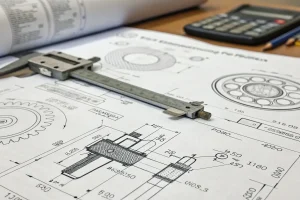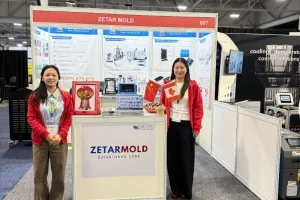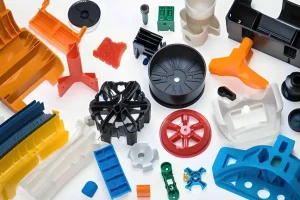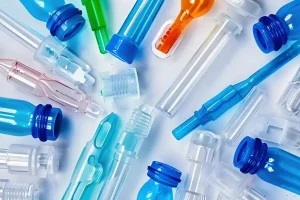Injection molds are integral to the injection molding process, a highly efficient manufacturing technique employed in creating an expansive array of parts and products.
These cavities serve as templates for molten plastic material that is injected into them via a specialized machine at high pressure.
As it hardens, this molten substance contours itself around the shape of the cavity; thus rendering finished pieces ready for assembly or use.

What factors will cause wear and tear on an injection mold?
Injection molds are exposed to harsh conditions and significant wear over time due to the high temperatures, pressures and abrasiveness of molten raw materials as well as mechanical forces during production.
Keeping close watch on tool life is essential for efficient functioning; otherwise mold deterioration can cause costly delays in injection molding operations.

What methods will prevent wear and tear on an injection mold?
Manufacturing operations must adopt proactive strategies to protect their injection molds from the detrimental effects of wear and tear.
By taking steps such as regular maintenance, manufacturers can extend the lifespan of their investment for maximum efficiency and value.
This can include:
1. Regular cleaning and inspection of the injection mold.
2. Lubrication and other maintenance tasks.
3. Choose to use high-quality plastic materials for the mold, such as hardened steel.
4. Apply hard coatings, such as chrome, to help prevent wear and tear.

Expert mold makers strive to create the highest quality injection aluminum molds, but with frequent use even these will eventually succumb to wear and tear.
From minor cracks or chips needing a little smoothing out, all the way up through more serious welding and re-machining repairs – whatever it takes can be done in order to restore an aging plastic injection mold back into operation.
In certain cases, usual mold tool repair may not be sufficient; this is when replacement of the entire original model could be beneficial.
The manufacturer will then construct an injection mold that replicates the techniques and materials used in its predessor to ensure quality production results.

Conclusion
As injection molding cycles involve significant temperatures and pressures, injection molds can become worn down over time.
To ensure their longevity, manufacturers must take appropriate precautions to maintain and care for the tooling – this may include carrying out repairs or replacing parts if necessary.










